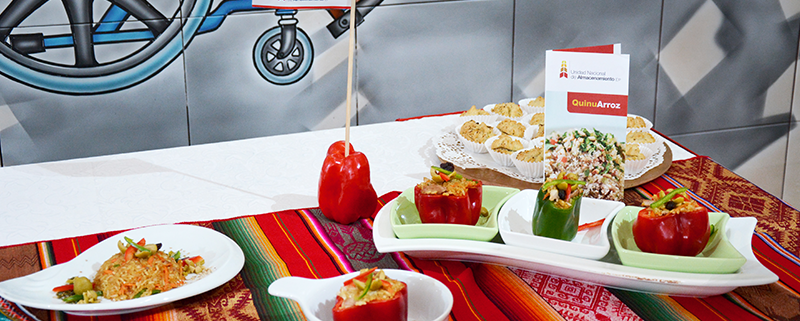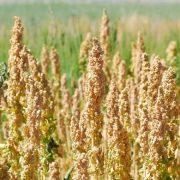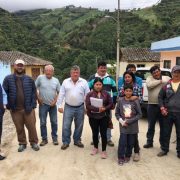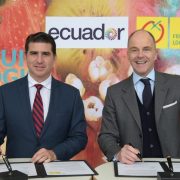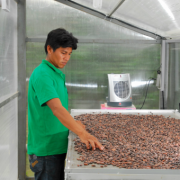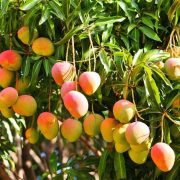‘QuinuArroz’ new strategy to encourage the consumption of quinoa in Ecuador
As part of the recent meeting in Quito by the new Andean Network of Quinoa Producers, Ecuador filed on July 13th strategies developed by its public company National Storage Unit to promote the consumption of quinoa in the country. These include the supply of ‘QuinuArroz’, a mix of cereals with nutritional properties, effectively contributing to nutrition and diet caloric.
The product, presented in a package two kilograms, has been released in a parallel fair to the meeting of the Andean Network of Quinoa Producers, which included the influx of more than 150 people interested in knowing the properties of the product whose marketing will soon be held throughout the country.
“QuinuArroz” contains 70% rice and 30% of quinoa. It has micronutrients such as potassium, magnesium, calcium, phosphorus, iron, zinc, B complex, vitamin E with antioxidant and omega 3. Attendees were able to see the versatility and multiple possibilities that this product offers in the kitchen, tasting varied and delicious snacks they use it as an ingredient. So, dishes as stuffed peppers with QuinuArroz and vegetables or chicken tartlets of QuinuArroz and received rave reviews for its flavor and texture.
“This is a very rich and innovative food that attracts for its nutritional value, thanks to its composition quinoa, a product whose consumption we promote in general within the organization to which we belong,” says Maria Panchi, representative of the Network women Pichincha.
The Andean Network of Quinoa Producers, recently formed and part Ecuador, together with Argentina, Bolivia, Chile and Peru, is born with the aim of training spaces for dialogue, to combat malnutrition and hunger in the region. In that sense, it seeks to protect and develop quinoa as a plant genetic resource, reportedly from the office of the Food and Agriculture Organization (FAO) in Ecuador.
The head office of the Network will be located in Bolivia, where strategies will be defined to improve grain production and contribute to food sovereignty and security.
Source: MAGAP.



